Measuring Camera Sensor Readout
I often photograph events where absolute silence is a must, so I rely on my camera’s electronic shutter instead of its noisy mechanical shutter.
The downside? Electronic shutters don’t capture the whole image at once. Instead, they read the sensor data line by line, a process called “rolling shutter” (Wikipedia).
Rolling shutter can cause multiple artifacts, but the two main ones are:
-
Distortion when panning: When you move the camera quickly, vertical lines can become slanted or wobbly, because different parts of the frame are captured at slightly different times. This is especially visible in videos and is probably the most well-known effect of rolling shutter. However, for me that’s not the main issue.
-
Banding with flickering lights: If you shoot under artificial lighting that flickers at a certain frequency (usually double the AC frequency, i.e. 100 or 120 Hz), the slow readout can interact with the light’s cycle, causing ugly horizontal bands across your images. Since I often photograph staged events, this is the main issue for me.
The time the sensor takes to read out the image is called “readout speed”. Slower readout speeds result in more visible rolling shutter artifacts.
Manufacturers rarely advertise the actual readout speed of their cameras. Some review websites measure it but most often for video modes, rarely for still photos. Out of curiosity, I wanted to find out for myself just how fast my cameras really are.
My Simple DIY Approach
To measure sensor readout speed, I needed a way to create a flickering light, at a known and high enough frequency to get precise results. The easiest solution? An Arduino and an LED.
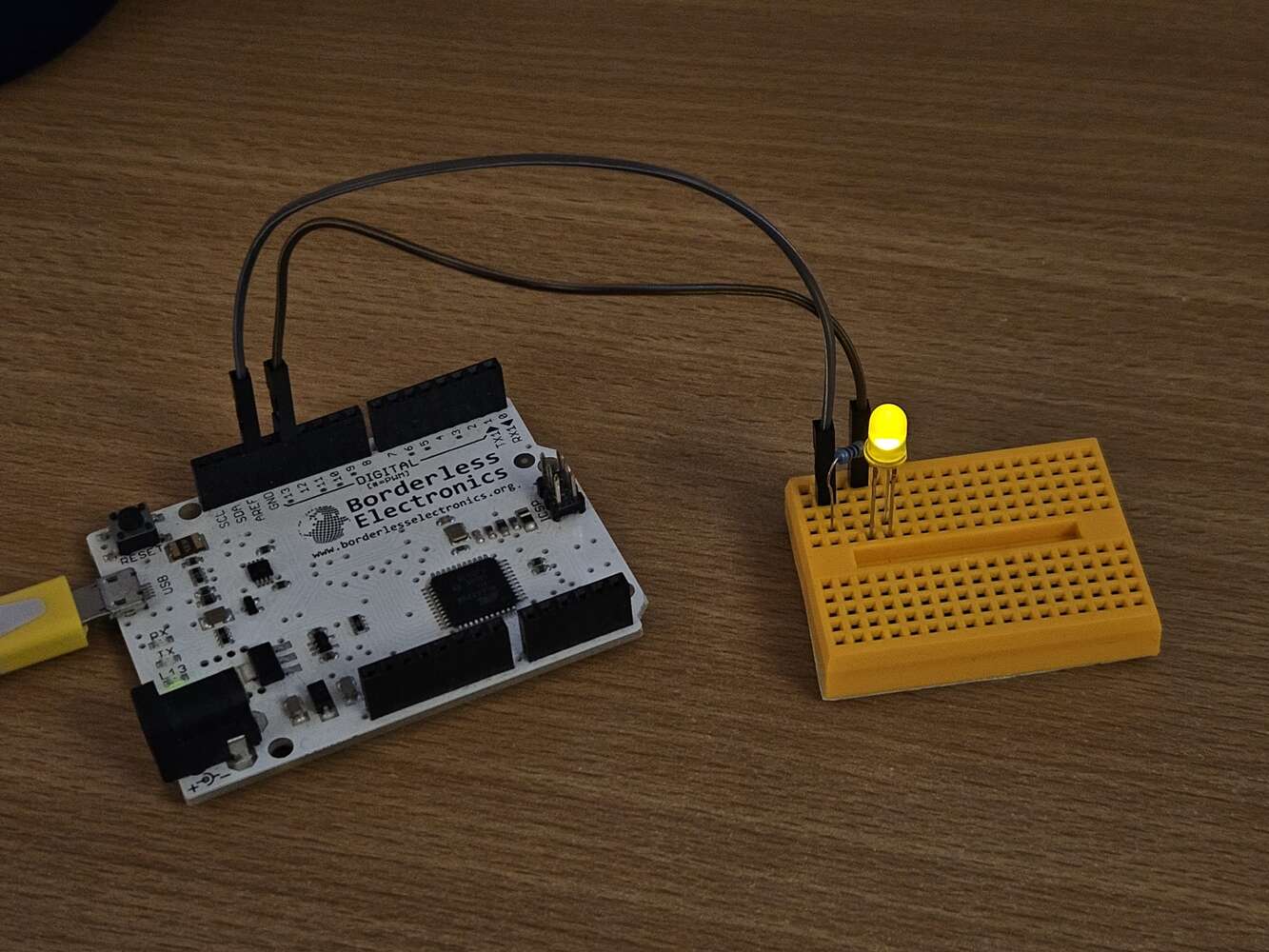
The code for this is super simple:
void setup() {
pinMode(12, OUTPUT);
}
void loop() {
digitalWrite(12, HIGH);
delayMicroseconds(500);
digitalWrite(12, LOW);
delayMicroseconds(500);
}
This blinks the LED one thousand times per second (on for 0.5 ms, off for 0.5 ms). To the eye, this flickering is imperceptible, but for a camera sensor it’s a whole different story. I placed the LED in front of my camera sensor (without any lens), set the camera to electronic shutter with a very high shutter speed to get a crisp banding effect, and took a photo.
Results
Here are the photos I got:
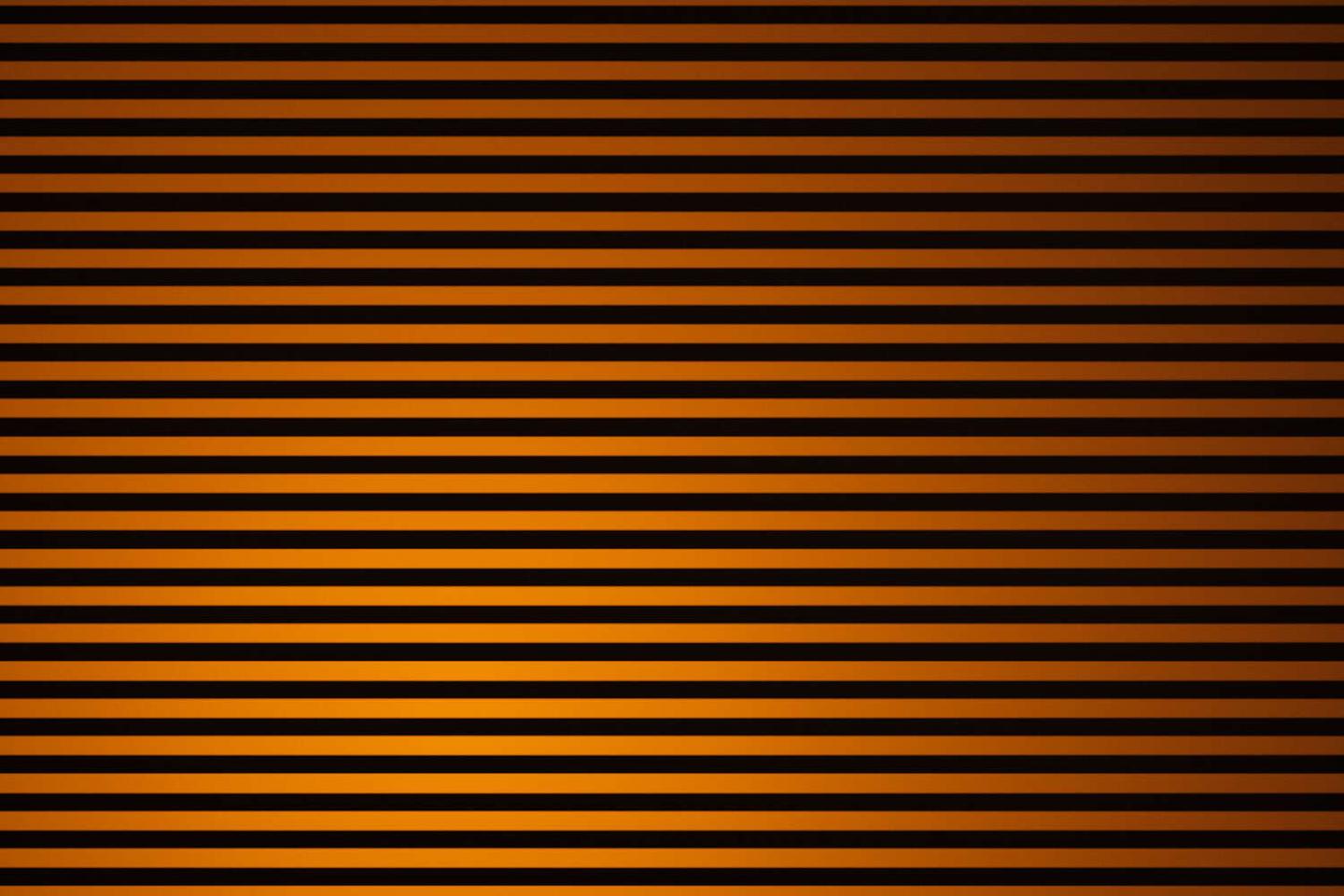
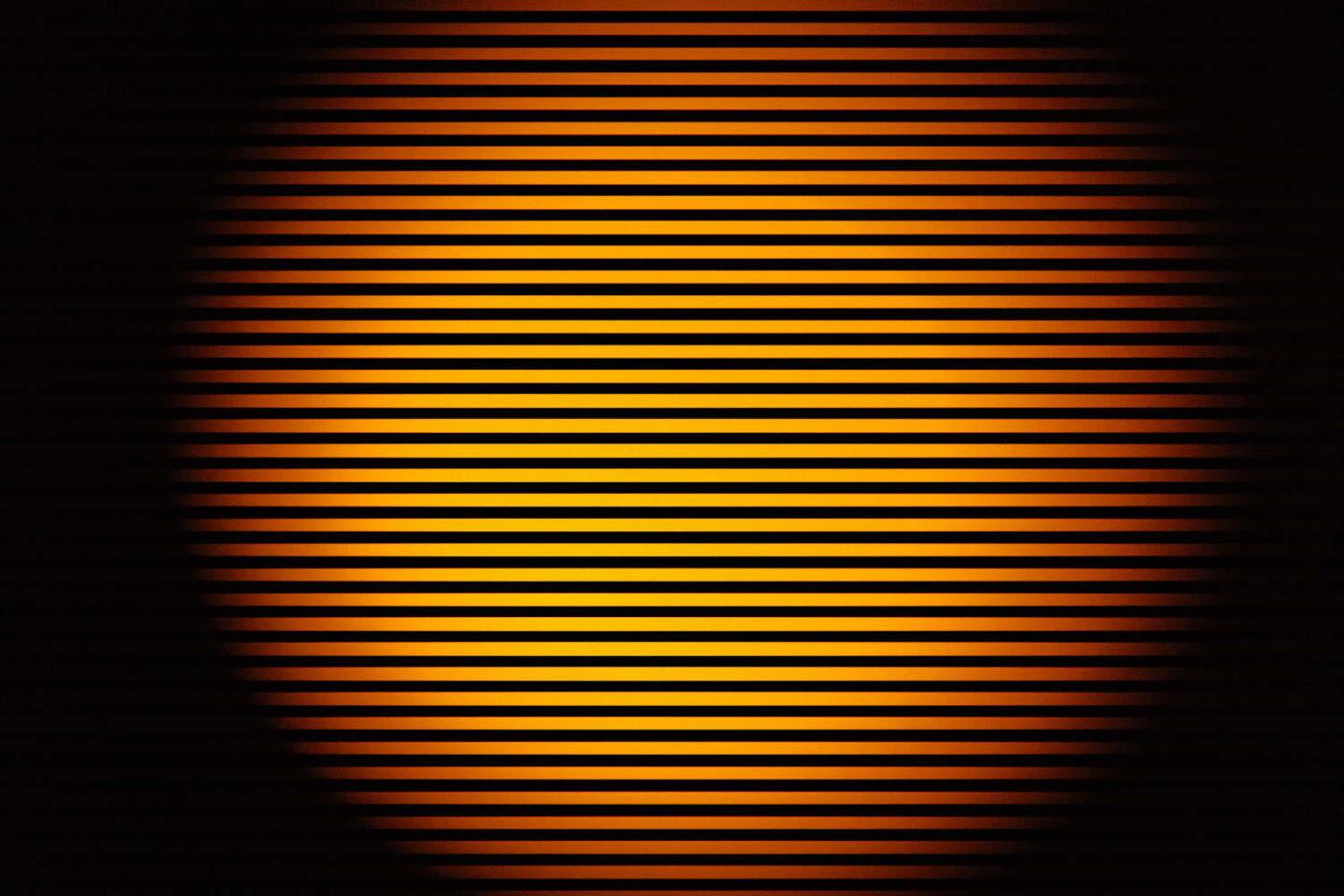
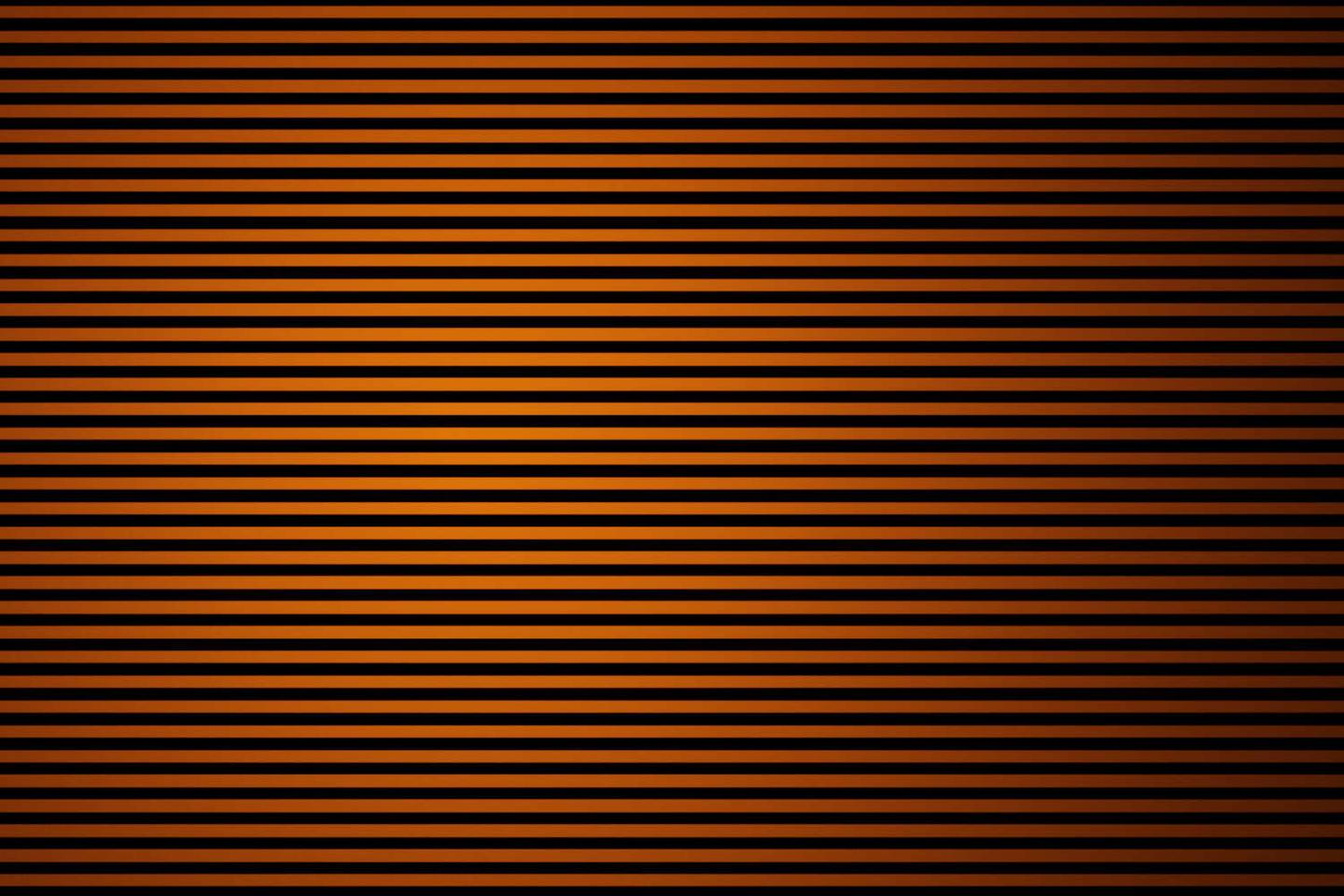
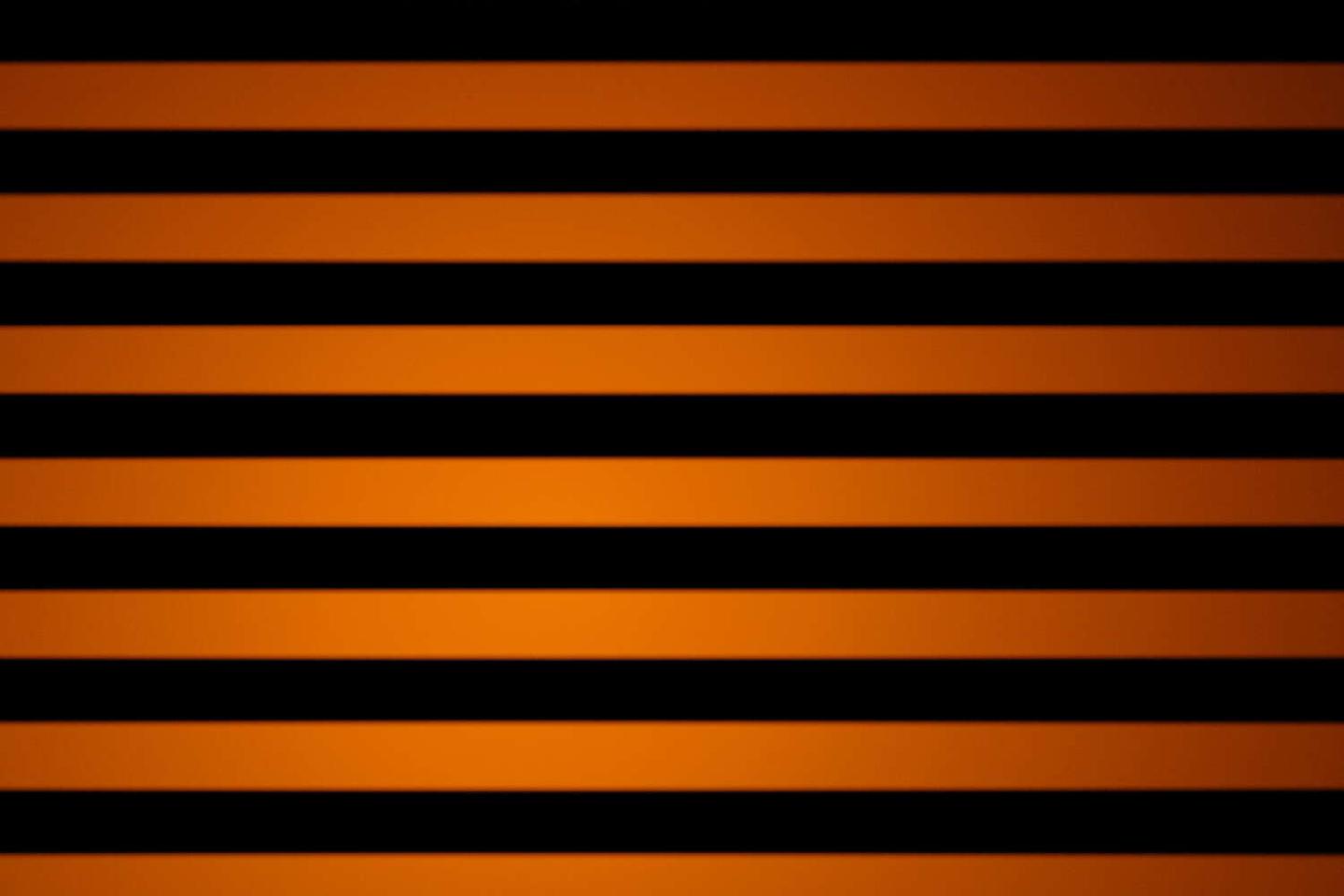
To get a rough estimate of the readout time, you can simply count the number of yellow lines, the total will give you the readout time in milliseconds. That’s good enough for the X-T4, X100VI, and X-H2.
For the X-H2S, there are much fewer bands and not a whole number of them. In order to get a more precise measurement, I measured how many pixels a whole number of bands span, and used a cross-multiplication to extend that to the whole sensor size. I counted 6 full cycles (light + dark bands) spanning 3673 pixels and the full sensor is 4160 pixels high. Therefore the readout time is:
6 cycles
x 1 ms / cycle
x 4160 pixels / 3673 pixels
= 6.80 ms
Here are the end results:
- Fujifilm X-T4: 24 ms
- Fujifilm X100VI: 36 ms
- Fujifilm X-H2: 36 ms
- Fujifilm X-H2S: 6.80 ms
We can make a few observations:
- The X-H2S is dramatically faster than the others, which makes sense: its stacked sensor design enables much faster readout speeds.
- The X100VI and X-H2 are the same speed, which is also not surprising given that they use the same sensor.
- They are also the slowest, their high-resolution, 40 Mpixels sensor needs more time to read than the 26 Mpixels sensor in the older X-T4.
And the mechanical shutter?
In case you’re wondering, here’s what the experiment looks like when using the mechanical shutter:
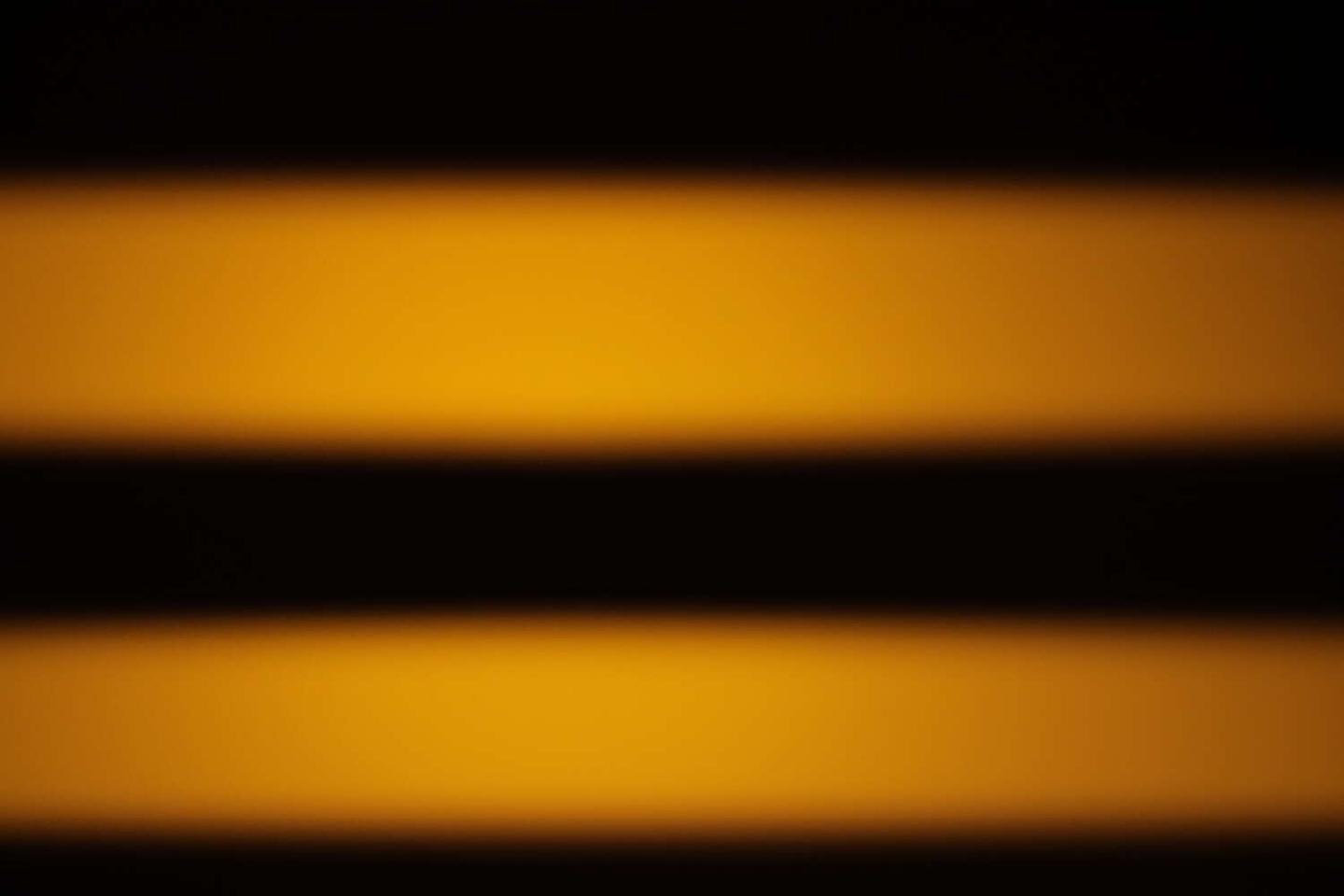
Here, it’s the X-H2, but the X-H2S and X-T4 look exactly the same.
So, about 2 ms of “readout speed” equivalent. Mechanical still wins!
Conclusion
This experiment shows just how easy it is to measure sensor readout speed, and how useful this information can be when comparing cameras. I really wish manufacturers would advertise this spec, and that reviewers would routinely measure it. Depending on the kind of photography you do, sensor readout speed can be a crucial factor in making an informed choice.